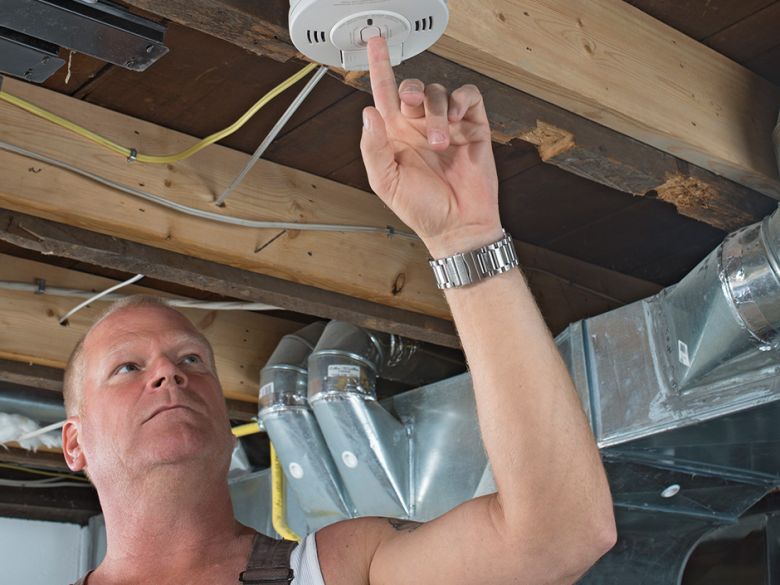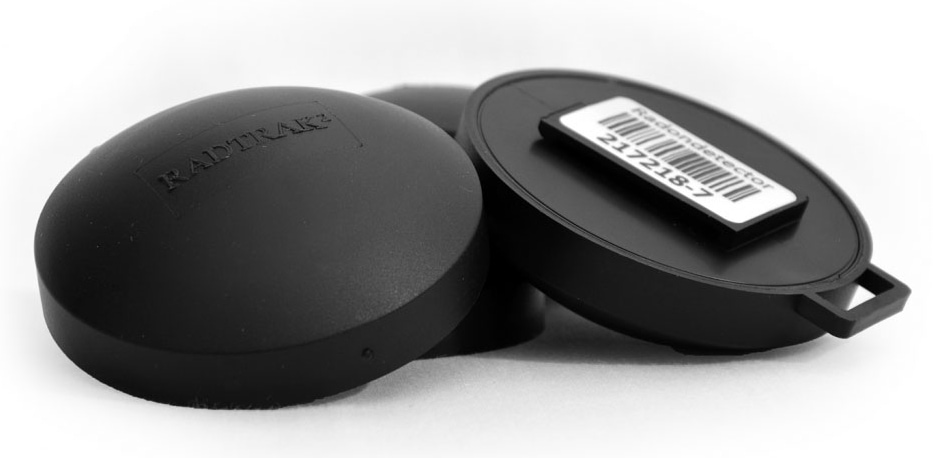Choosing the right heating system for your home is a big decision. Here's Mike Holmes's comparison between heat pump & boiler.

What Are Major Sources Of Indoor Air Pollution
By Mike Holmes
Mike’s Advice / Home Safety & Maintenance
Tuesday, March 24th, 2020 @ 2:00pm
The air inside your home plays a huge role in the way you and the rest of your family feel on a day-to-day basis.
Major Sources Of Indoor Air Pollution In Your Home
Most people worry about the air quality outdoors, but the air inside your home can be 2-5 times more polluted. In some cases, it’s 100 times worse!
What is Indoor Air Pollution?
We are constantly exposed to pollution, toxins, pesticides, and gases—even radon. Most of the time, these toxins and pollutants get diluted into the atmosphere. But they can also find their way into our homes through tiny cracks in foundation walls and floors, through unfinished floors, windows, sumps, vents, or gaps around pipes and drains. This leads to indoor air quality problems and indoor pollution.
Understanding and controlling the pollutants that exist in your home can reduce some of your health issues.
The Health Risks of Indoor Air Pollution
If you or anyone else in your home experiences headaches, itching or burning eyes, irritated skin, nasal congestion, a dry throat, nausea or feels unusually tired on a regular basis, it may be due to poor air quality inside your home.
Today’s homes are constructed to be more tightly sealed in order to make them more energy-efficient. This is great to reduce energy consumption and increase monthly savings, but it also means that anything that comes into our homes will have trouble escaping. When pollutants get into our homes and can’t escape they begin to accumulate, and in high concentrations, they represent serious health risks. For example, long-term exposure to radon gas can cause lung cancer.
How can you Test Your Indoor Air Quality?
Some home inspectors offer Indoor Air Quality (IAQ) assessments. During these assessments, a home inspector will go through the entire home and identify potential indoor air quality risks. They will also ask the household questions concerning their habits and lifestyle that could contribute to the air quality inside the home.
The home inspector can also take indoor air samples from the home and send them to a certified lab for analysis. They can even get a mould spore count and send you a report of the results.
6) Building Materials and Volatile Organic Compounds (VOCs)
VOCs or volatile organic compounds are chemical by-products found in many building supplies, products, and materials. They can evaporate or off-gas into your home’s indoor air for weeks, months and in some cases, even years after being installed in your home. For this reason, newly constructed homes and homes that have been recently renovated tend to have higher levels of VOCs.
The average home might also contain various materials that can release toxins into the indoor air, such as VOCs (volatile organic compounds) in paint and kitchen cabinets or the adhesives and glues in carpeting and flooring. With significant concentrations, these toxins can contribute to poor indoor air quality.
These are some items that can produce VOCs:
- Furniture
- Wall and furniture paints
- Kitchen and bathroom cabinets
- Carpeting
- Treated wood
- Insulation
- Products made with adhesives, such as pressed wood, particleboard, or MDF (medium density fibreboard).

You can usually smell VOCs the strongest in varnishes and some paints. They’re also in cigarette smoke, exhaust fumes, air fresheners, furnishings, and plastics.
RELATED
This is a good summary from Health Canada on residential indoor air quality guidelines.
5) Carbon Monoxide
Carbon Monoxide can kill you before you are even aware that it’s in your home. You can’t see, taste, or smell CO. Some sources of CO include:
- Vehicle exhaust from garages that are attached to your home
- Tobacco smoke
- Leaking furnaces and chimneys
- Generators being operated indoors
A low concentration of CO in your home can cause fatigue and chest pain in heart disease patients and headaches. High concentrations can lead to fatality. Health Canada defines long-term exposure to CO as 24 hours.

Test your smoke alarms and CO detectors monthly. Set a reminder on your phone and you’ll be glad you did it.
4) Dust Mites and Your Indoor Air
Dust Mites can trigger allergic reactions. There are many items in your home that can provide a home for dust mites. These include your mattresses, your carpets, curtains, and your bedding. Dust mites don’t burrow into our bodies, but chronic exposure to dust mites can negatively impact people with asthma and respiratory diseases.
3) Lung Cancer and Your Indoor Air
Radon is a radioactive gas that comes from the breakdown of uranium in soils, rock, and water. In enclosed spaces, it can accumulate to high levels and can cause lung cancer.
There is no way of knowing if you have radon in your home until you test for it.
The easiest way to purchase a radon test kit is online. You can also find them in some local hardware stores. Most testing kits will cost you under $50.

I trust the Radtrak2 which is a reliable and economical method of radon measurement
RELATED
2) Mold Causes Respiratory Problems
The areas most susceptible to mold growth are the basement, bathrooms, walls, ceiling corners, attic, crawlspace, and windowsills. If you live somewhere humid, the garage can also be a place for mold to thrive.
These are some factors that can cause mold in your home:
- Leaky Plumbing
- Leaks in your foundation
- Moisture generating appliances (like dryers) venting into the attic, garage, or a wall cavity
- Insufficient attic insulation
- Improperly installed roof, which allows water to seep through
RELATED
1) Formaldehyde In Your Building Materials
Formaldehyde is a strong-smelling, colourless gas that was used in a lot of building products and materials that contain adhesives, such as pressed wood.
Moderate exposure to formaldehyde can cause your eyes or nose to burn and a sore throat. Higher levels of exposure can cause asthma-like symptoms, like coughing and wheezing. But very high exposures can be toxic. It’s been known to even cause some cancers. Health Canada considers 8 hours to be the long-term exposure limit.
The International Agency for Research on Cancer classifies formaldehyde as a known carcinogen. Luckily, most Canadian homes don’t have formaldehyde levels that can cause cancer, and its use in building materials and products have significantly decreased over time.
READ NEXT: I have narrowed down my top 5 most important areas of your home to focus on when it comes to safety and durability. If you notice, there is a common theme with them, and that is about thinking long term. My dad always used to say to me “Mike, you have to think 10 steps ahead”, and that’s why these are so important.







